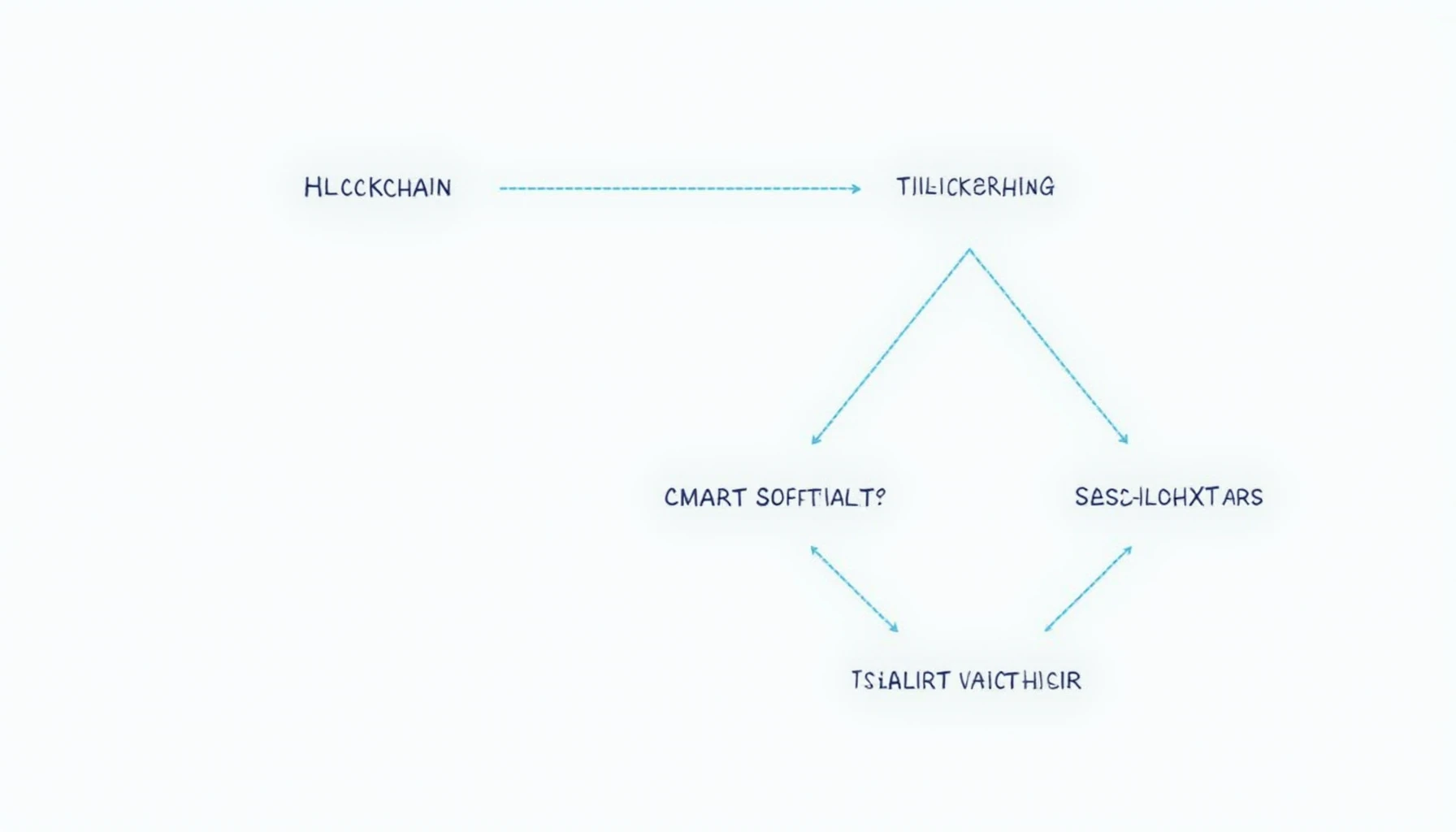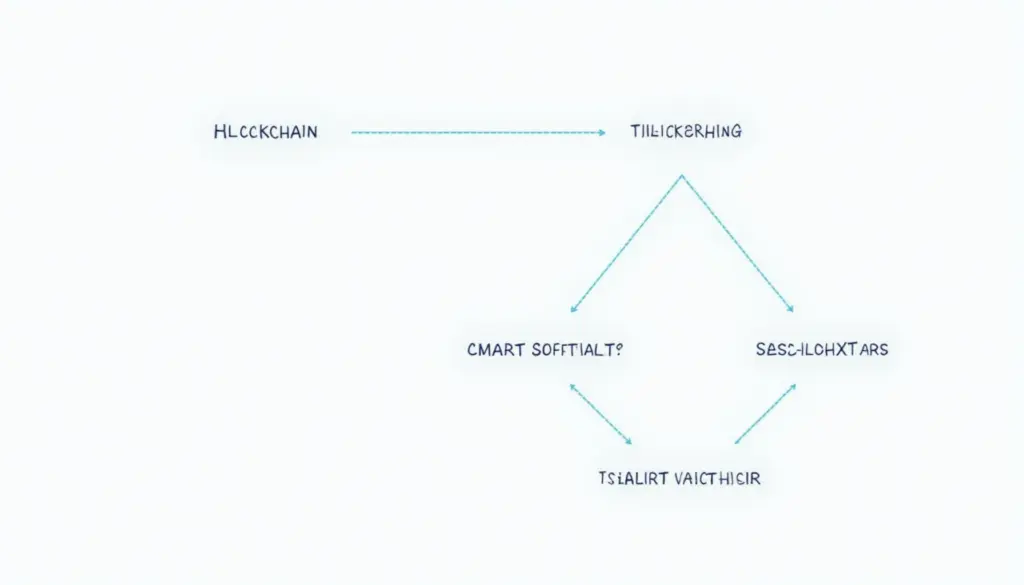Introduction: Why Are Blockchain Oracles Important?
Did you know that nearly 90% of smart contracts cannot access data outside their native blockchain? This highlights the critical role of blockchain oracles in the digital currency ecosystem. Oracles bridge the gap between real-world data and smart contracts, enabling them to execute based on external information. In this guide, we will dive deep into the configuration of blockchain oracles, ensuring you understand their significance and workings.
What Are Blockchain Oracles?
“So, what exactly is a blockchain oracle?” you might ask. Simply put, an oracle acts as a data feed that provides external information to a blockchain. There are different types of oracles, such as:
- Outbound Oracles: Send data from blockchain applications to external systems.
- Inbound Oracles: Deliver real-time data from the outside world to blockchain applications.
- Consensus Oracles: Aggregate information from multiple sources to ensure accuracy.
This functionality is crucial, especially in decentralized finance (DeFi) and other applications relying on accurate data for operations, like price feeds and event outcomes.

How to Configure Blockchain Oracles?
Configuration might seem complex, but think of it as setting up a kitchen for a new recipe. You’ll need to follow specific steps to ensure everything runs smoothly:
- Identify the Data Requirement: Determine what data your smart contract needs (e.g., price feeds, weather data).
- Select an Oracle Solution: Choose from various providers like Chainlink or Band Protocol, based on your needs.
- Integrate into Your Smart Contract: Write the necessary code to call the oracle data, ensuring compliance with the platform you’re using.
- Test and Deploy: Always test your integration on a testnet first before deploying it live.
For setting up oracles, consider using existing tutorials specific to your blockchain platform, which can simplify the process significantly.
Common Pitfalls in Oracle Configuration
Even experienced developers can encounter challenges. Here are some common pitfalls to avoid:
- Over-reliance on a single data source can lead to manipulation risks.
- Not testing extensively before deployment can result in unexpected failures.
- Inadequate security measures can expose your smart contract to attacks.
For example, improper configurations led to the infamous Bug in the DAO that resulted in a significant loss of funds back in 2016.
Conclusion: The Future of Blockchain Oracles
As blockchain technology evolves, so does the complexity of smart contracts and their reliance on real-world data. Properly configuring your oracles can enhance the reliability and functionality of your blockchain applications. Interested in learning more? Check out our resource guides on the most promising altcoins for 2025 and how to securely store your cryptocurrency.
Remember, stay informed and make strategic decisions in your blockchain ventures with our resources at cryptosaviours.
